In modern infrastructure construction, the pipeline installation drill (HDD, Horizontal Directional Drilling rig) has become an efficient solution for underground pipeline installation. Whether for oil and gas pipelines, municipal water supply and drainage systems, or fiber optic cable laying, the pipeline installation drill enables precise construction with minimal ground disruption. This article explores the advantages of horizontal directional drilling (HDD) technology and its applications in pipeline installation.
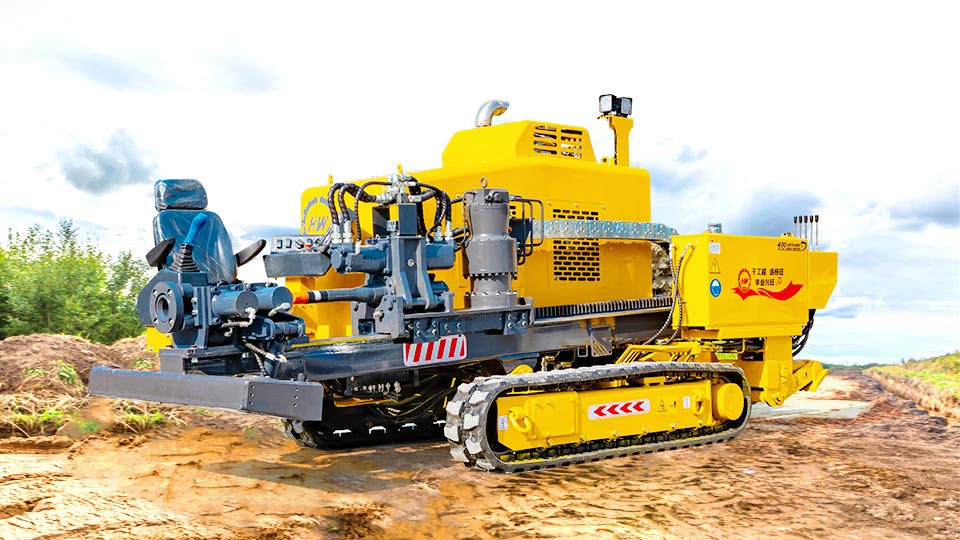
What Is Horizontal Directional Drilling (HDD)?
Horizontal Directional Drilling (HDD) is a trenchless construction method where a pipeline installation drill creates a pilot hole underground along a predetermined path, which is then enlarged and used to pull the pipeline into place. Compared to traditional open-cut methods, this technology significantly reduces surface environmental impact, making it ideal for sensitive areas such as urban roads, rivers, and railways.
Key Advantages of the Pipeline Installation Drill
1. High Efficiency & Precision–Modern pipeline installation drills are equipped with advanced guidance systems, allowing real-time adjustments to ensure accurate pipeline placement.
2. Eco-Friendly & Low Disruption–Trenchless construction minimizes ground disturbance, reducing traffic and ecological impact.
3. Strong Adaptability–Capable of operating in various geological conditions, including clay, sand, and even rock layers.
4. Cost-Effective–Compared to traditional excavation, the pipeline installation drill significantly reduces construction time and expenses.
Key Applications of the Pipeline Installation Drill
1. Oil & Gas Pipelines–Ideal for long-distance crossings under rivers and highways without extensive excavation.
2. Municipal Engineering–The preferred choice for urban underground pipelines (water supply, drainage, gas).
3. Telecommunication Cables–Efficient deployment of fiber optic networks with minimal road surface damage.
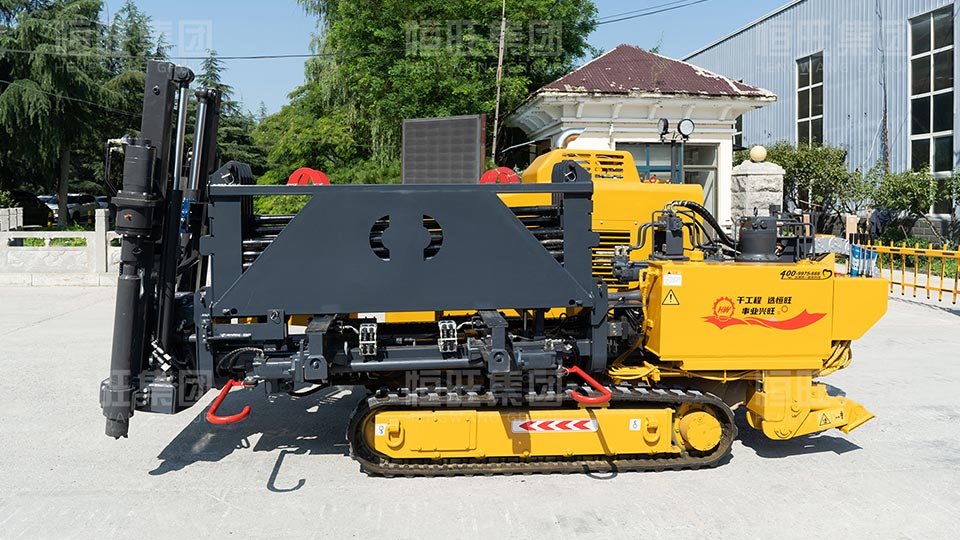
How to Choose the Right Pipeline Installation Drill?
When selecting a pipeline installation drill, consider the following factors:
1. Thrust & Pullback Force–Determines whether the machine can handle specific project requirements.
2. Guidance System Accuracy–High-precision navigation ensures the pipeline follows the intended path.
3. Geological Adaptability–Different drill bits and mud systems suit various soil conditions.
Conclusion
As a core equipment in modern trenchless construction, the pipeline installation drill stands out for its efficiency, precision, and environmental benefits, making it the preferred choice for underground pipeline projects. With advancing technology, horizontal directional drilling will play an even greater role in infrastructure development, driving smarter and more sustainable construction methods.
If you're looking for a high-performance pipeline installation drill, contact us today for expert product recommendations and technical support!
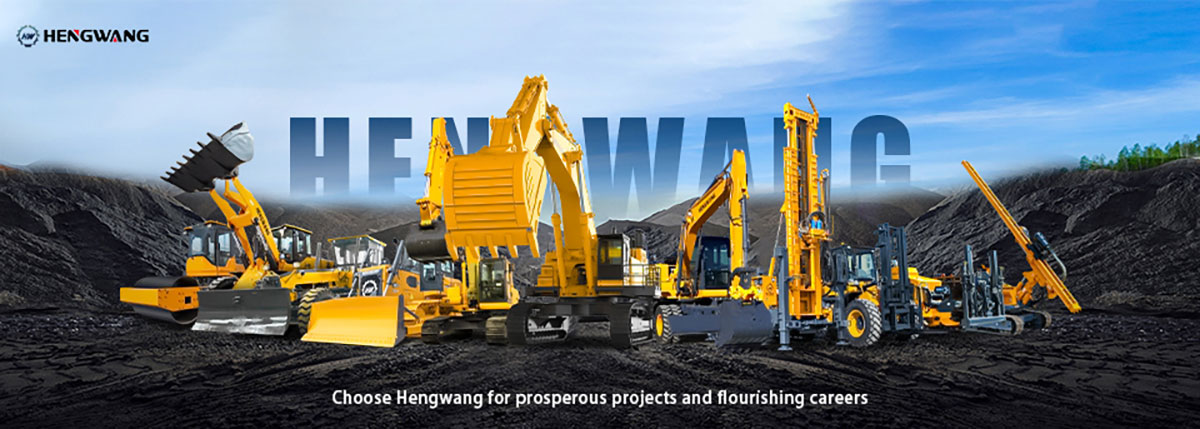
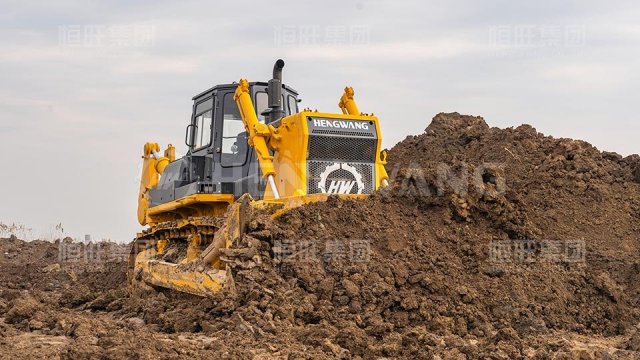 Road Leveling Bulldozer: The Core Guarantee for Efficient Road Construction
Road Leveling Bulldozer: The Core Guarantee for Efficient Road Construction
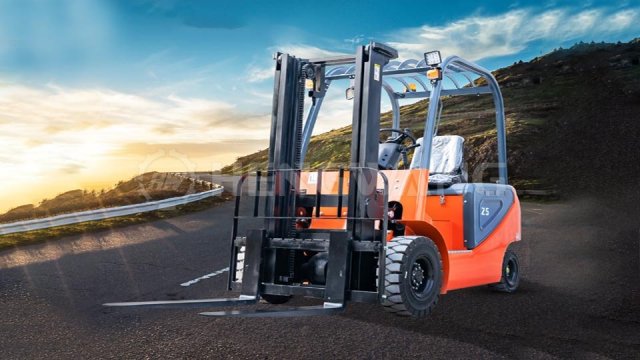 Off-Road Forklifts_ A Powerful Assistant for Complex Field Operations
Off-Road Forklifts_ A Powerful Assistant for Complex Field Operations
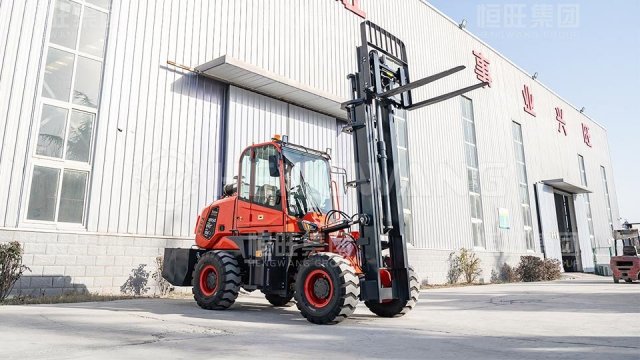 High-Load Off-Road Forklift: A Powerful Tool for Heavy-Duty Operations in Complex Environments
High-Load Off-Road Forklift: A Powerful Tool for Heavy-Duty Operations in Complex Environments